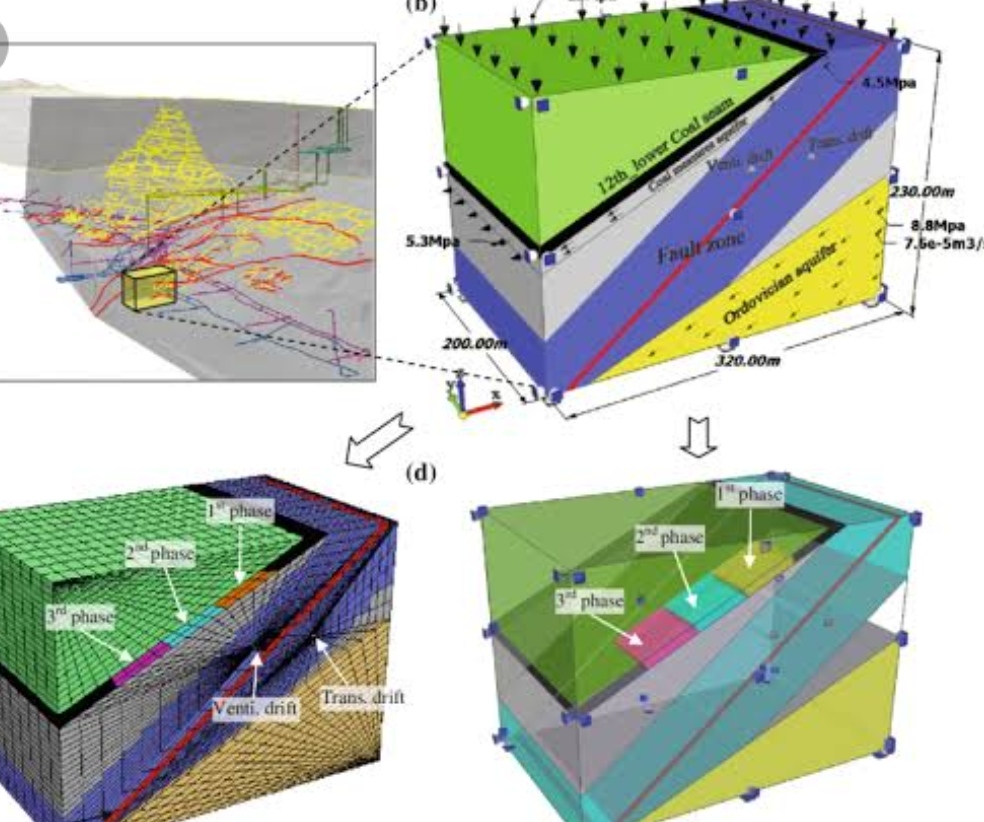Some Basics differences between the Boundary Element Method and Finite Element Method of numerical simulation

Categories:
Uncategorised
- Domain Discretization: FEM involves discretizing the entire domain into finite elements, whereas BEM only requires discretization of the boundary. This makes FEM more flexible for handling complex geometries with irregular boundaries, as it can model the entire domain. BEM, on the other hand, is limited to problems where the boundary is the primary region of interest.
- Solution Domain: In FEM, the solution is obtained over the entire domain, including the interior and boundary. In BEM, the solution is only obtained on the boundary, which may result in a loss of accuracy for problems where the interior is of interest.
- Meshing Requirements: FEM typically requires a mesh to be generated for the entire domain, which can be computationally expensive and time-consuming, especially for 3D problems. BEM, on the other hand, only requires meshing of the boundary, which can be simpler and more efficient.
- Efficiencies for Different Types of Problems: BEM is known to be more efficient for problems with singularities or problems where the solution is required only on the boundary. Examples include problems with cracks, voids, or interfaces. FEM, on the other hand, may be more suitable for problems that require a solution throughout the entire domain, such as problems with varying material properties or complex loadings.
- Numerical Conditioning: BEM typically results in better numerical conditioning compared to FEM, as it avoids the need to compute the interior solution. This can result in more accurate results, especially for problems with highly irregular boundaries.
- Handling of Infinite Domains: BEM is well-suited for problems involving infinite domains, such as problems in acoustics or heat transfer, where the domain extends to infinity. FEM, on the other hand, requires truncation or artificial boundary conditions to handle infinite domains.
It’s important to note that the choice between FEM and BEM depends on the specific problem at hand, and each method has its own strengths and weaknesses. Both methods have been widely used in various fields of engineering and science, and their suitability depends on the specific requirements of the problem, computational resources available, and the expertise of the user. There are cases where BEM may be more advantageous over FEM, and vice versa, depending on the problem characteristics and the desired solution accuracy.



